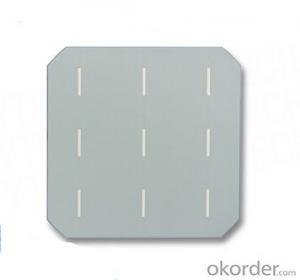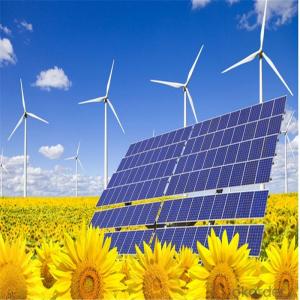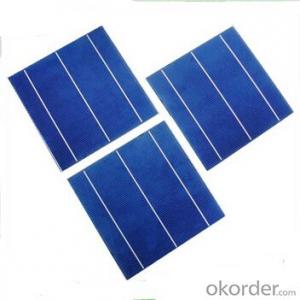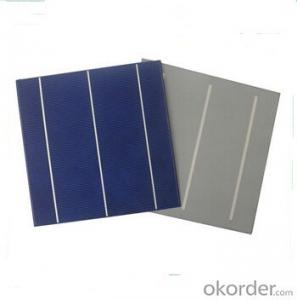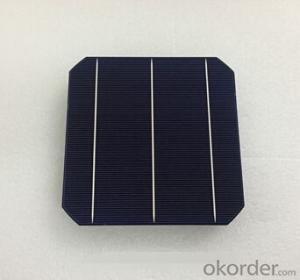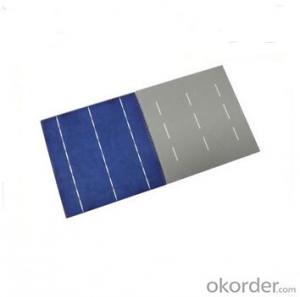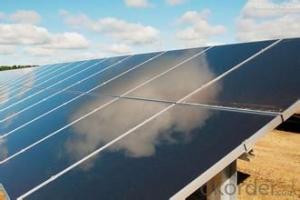Alta Solar Cells
Alta Solar Cells Related Searches
Except For Solar Cells Weegy Problems With Solar Cells High Power Solar Cells Light Trapping In Solar Cells High Performance Solar Cells High Output Solar Cells High Wattage Solar Cells Energy Transfer In Solar Cells High Efficiency Hvac Systems Recombination In Solar CellsHot Searches
Cheap Solar Cells For Sale Flexible Solar Cells For Sale Q Cells Solar Panels For Sale Printed Solar Cells For Sale Bulk Solar Cells For Sale 6x6 Solar Cells For Sale Broken Solar Cells For Sale Cpv Solar Cells For Sale Photoelectric Cells For Sale Price Of Silicon Solar Cells Price Of Solar Cells Over Time Buy Solar Cells From China Cheap Solar Cells China Best Type Of Solar Cells Flexible Solar Cells Price Q Cells Solar Panels Price 3 Types Of Solar Cells Production Of Solar Cells Common Types Of Solar Cells Q Cells Solar Panel PricesAlta Solar Cells Supplier & Manufacturer from China
Okorder.com is a professional Alta Solar Cells supplier & manufacturer, offers integrated one-stop services including real-time quoting and online cargo tracking. We are funded by CNBM Group, a Fortune 500 enterprise and the largest Alta Solar Cells firm in China.Hot Products
FAQ
- Solar cells are designed to handle small electrical surges or fluctuations in the electrical current, but they are not specifically designed to protect against lightning strikes. In the event of a lightning strike, the solar cells can sustain damage due to the high voltage and current associated with the strike. However, some solar installations include lightning protection systems or surge arresters that can help mitigate the risk of damage caused by lightning strikes.
- Yes, solar cells can be used in military applications. They have the potential to power various military equipment and installations, such as remote surveillance systems, communication devices, and even portable charging stations for soldiers in the field. Solar cells offer a renewable and reliable source of energy, reducing the dependency on traditional fuel logistics and enhancing the sustainability of military operations. Additionally, solar cells can be integrated into various military platforms, including unmanned aerial vehicles (UAVs) and ground vehicles, to extend their operational range and increase their efficiency.
- Several factors can affect the efficiency of solar cells. The first is the quality and type of materials used in the cell's construction. High-quality and advanced materials tend to have higher conversion efficiencies. The second factor is the amount and intensity of sunlight received by the solar cell. More sunlight and higher intensity can increase the energy output. Additionally, the temperature of the cell also plays a role, as high temperatures can reduce efficiency. Finally, the design and structure of the solar cell, including the arrangement of layers and the surface area, can impact its efficiency.
- Is the Solar Power Photovoltaic Cells the same as PV cells modules?
- Yes it is, nowadays, we even construct the PV power plant, which is a solar power generation, intelligent temperature control, modern high-tech plant as one of the photovoltaic power generation system.
- Yes, solar cells can be used for powering remote sensors. Solar cells convert sunlight into electricity, making them an ideal power source for remote sensors in locations where access to a power grid is limited or non-existent. This enables continuous operation of the sensors without the need for frequent battery replacements, making solar cells an efficient and sustainable solution for powering remote sensors.
- Can solar panels be charged with light?
- A solar panel is a device that responds to light and converts light energy into electricity. There are many kinds of materials that can produce photovoltaic effect, such as: monocrystalline silicon, polycrystalline silicon,
- Yes, solar cells can be used in electric vehicle charging stations. Solar panels can generate electricity from sunlight, which can then be used to charge electric vehicles. This provides a sustainable and renewable energy source for charging stations, reducing dependency on traditional power grids and reducing carbon emissions.
- Yes, solar cells can be used for indoor applications. While they are primarily designed for outdoor use to harness sunlight, advancements in technology have made it possible to use solar cells indoors as well. Indoor solar cells can be used to power various devices and systems, such as indoor lighting, small electronics, and even indoor farming setups. Additionally, solar cells can also be used in combination with battery storage to provide a continuous and renewable power source for indoor applications.


















